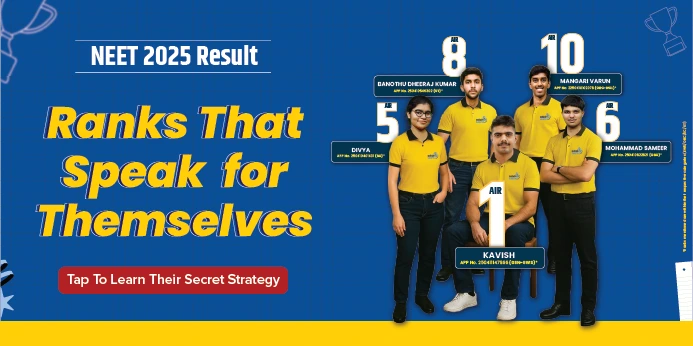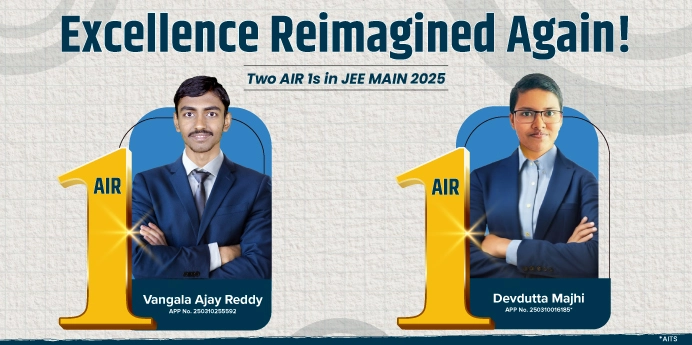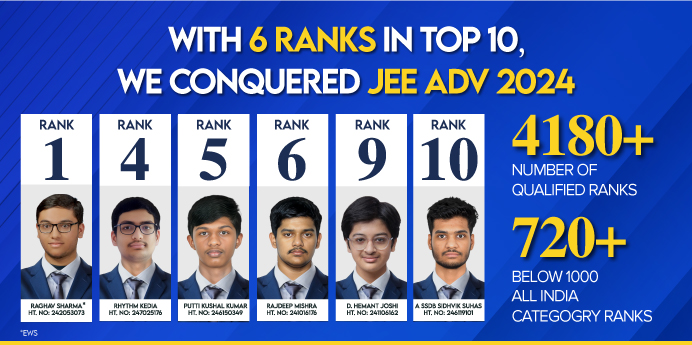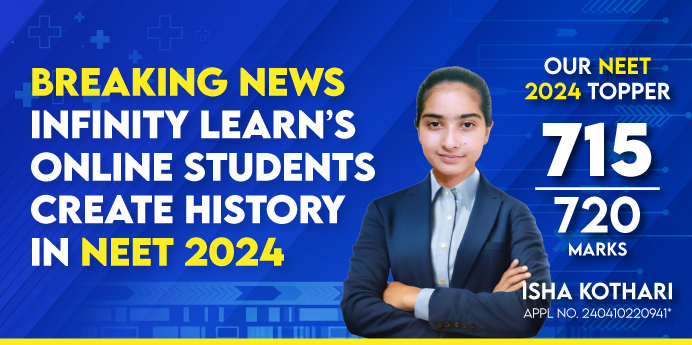










Courses

By Brijesh Sharma
|
Updated on 22 Oct 2025, 13:09 IST
The topic Sorting Materials into Groups Class 6 Worksheet helps students understand how and why we classify different things around us. In our daily life, we see so many objects made of different materials — like wood, metal, glass, plastic or cloth. This sorting materials into groups class 6 worksheet with answers is designed as per the CBSE Class 6 Science Syllabus and supports clear understanding of the chapter in a fun and easy way.
By solving these sorting materials into groups class 6 worksheet with answers NCERT, students can learn step-by-step how to identify the physical properties like transparency, solubility, and magnetism. The worksheet also includes short questions, fill in the blanks, and reasoning type questions that are useful for school tests. It encourages kids to think logically and observe their surroundings more carefully.
Students can also download the sorting materials into groups class 6 worksheet with answers PDF for regular practice at home. These class 6 worksheet resources are based on NCERT Solutions for Class 6 Science and help to improve both concept clarity and CBSE Class 6 exam confidence.
Question 1: What is matter?
Answer: Anything that has mass and occupies space is known as matter.
Question 2: The density of an object is slightly less than that of water, will it sink or float in water?
Answer: Float.
Question 3: Is clear water opaque, transparent, or translucent?

Answer: Transparent.
Question 4: Select those objects from the following which shine: Glass bowl, plastic toy, steel spoon, cotton shirt.

JEE

NEET

Foundation JEE

Foundation NEET

CBSE
Answer: Glass bowl, steel spoon.
a) Name five objects which can be made from wood.
Answer: Table, chair, door, desk, and pencil.
b) _______ is soluble in water.

Answer: Sugar.
a) Stone is transparent.
Answer: False.
b) A piece of wood floats on water.
Answer: True.
c) A windowpane is opaque.
Answer: False.
d) Oil mixes with water.
Answer: False.
e) Vinegar dissolves in water.
Answer: True.
f) Chalk dissolves in water.
Answer: False.
g) Sand settles down in water.
Answer: True.
h) Sugar does not dissolve in water.
Answer: False.
A | B
Answ
er: 1-c, 2-a, 3-b, 4-e, 5-d
(i) Which of the following is not matter?
a) water
b) sound (✓)
c) air
d) fruits
(ii) Which property is common to all matter?
a) Matter takes up space and has no mass
b) Matter takes up space and some mass
c) Matter takes up space and has mass (✓)
d) Matter takes up space and may or may not have mass
(iii) Which of the following is transparent?
a) wood
b) glass (✓)
c) paper
d) plastic
(i) What is an atom?
Answer: An atom is the smallest piece of matter, which may or may not exist independently.
(ii) Define density.
Answer: The mass per unit volume of a substance is known as density.
(iii) What are transparent objects?
Answer: Objects through which most of the light can pass are known as transparent objects.
(iv) What are opaque objects?
Answer: Objects through which no light can pass are known as opaque objects.
(v) What are translucent objects?
Answer: Objects through which light can pass partially are known as translucent objects.
1. Water, basketball, orange, sugar, globe, apple, and earthen pitcher. Group them as:
(a) Round shaped and other shapes
(b) Eatables and non-eatables.
Answer:
(a) Round shaped: basketball, orange, globe, apple.
Other shapes: water, sugar, earthen pitcher.
(b) Eatables: orange, sugar, apple.
Non-eatables: basketball, earthen pitcher, globe, water.
(i) What is the difference between transparent and translucent objects? Give examples.
Answer:
Transparent Objects | Translucent Objects
If most of the light can pass through an object, it is known as a transparent object. | If light can pass through an object partially, it is known as a translucent object.
Examples – Glass and clear water. | Examples – Frosted glass and wax paper.
(ii) Select the objects from the following which shine. Glass bowl, plastic mug, steel chair, cotton shirt, gold chain, and silver ring.
Answer: Glass bowl, steel chair, gold chain, and silver ring.
(i) Are all liquids soluble in water?
Answer: No, all liquids are not soluble in water. For example, oil is not soluble in water and forms a layer on the surface.
(ii) List any four items that can float on water and five items that cannot float on water.
Answer:
Items that can float on water: Wood, dry leaf, plastic, rubber.
Items that cannot float on water: Iron nail, stone, aluminum sheet, copper wire, a piece of glass.
Check and see if they will float on oil or kerosene.
Answer: Items like sponge, plastic bottle, paper, thermocol, and hair can float on water. They also float on oil or kerosene.
a) Chair, Bed, Table, Baby, Cupboard.
Answer: Baby.
b) Rose, Jasmine, Boat, Marigold, Lotus.
Answer: Boat.
c) Aluminum, Iron, Copper, Silver, Sand.
Answer: Sand.
d) Sugar, Salt, Sand, Copper sulphate.
Answer: Sand.
1. Materials that have lustre are usually called __________.
Answer: Metals.
2. Three examples of metals are __________, __________, & __________.
Answer: Iron, gold, silver.
3. The gas which can dissolve in water is __________.
Answer: Oxygen.
4. Materials are grouped together on the basis of __________ and __________ in their properties.
Answer: Similarities, differences.
5. Some metals lose their shine and often look dull because of the action of __________ and __________ on them.
Answer: Air, moisture.
6. Based upon transparency, materials can be grouped as __________, __________, and __________.
Answer: Transparent, translucent, opaque.
7. A substance which is used in making different objects is called __________.
Answer: Material.
8. The materials which occur in nature are called __________ materials.
Answer: Natural.
9. The materials made by man are called __________ materials.
Answer: Synthetic.
10. The materials which have natural shine on their surface are called __________.
Answer: Lustrous.
11. The substances which dissolve in water are called __________ substances and which do not dissolve in water are called __________ substances.
Answer: Soluble, insoluble.
12. __________ is called the universal solvent.
Answer: Water.
13. The liquids which dissolve in water are called __________ liquids and which do not dissolve in water are called __________ liquids.
Answer: Miscible, immiscible.
1. Two liquids soluble in water.
Answer: Vinegar, lemon juice.
2. Two liquids insoluble in water.
Answer: Oil, kerosene.
3. Two transparent objects.
Answer: Glass, clear water.
4. Two translucent objects.
Answer: Frosted glass, wax paper.
5. Two opaque objects.
Answer: Wood, metal.
6. Two solids soluble in water.
Answer: Sugar, salt.
7. A liquid metal.
Answer: Mercury.
8. Two miscible liquids.
Answer: Water and alcohol, water and vinegar.
9. Two immiscible liquids.
Answer: Oil and water, kerosene and water.
10. Two soluble substances in water.
Answer: Salt, sugar.
11. Two insoluble substances in water.
Answer: Sand, chalk powder.
12. Two substances that float on the surface of water.
Answer: Plastic bottle, sponge.
13. Two substances that sink in water.
Answer: Stone, iron nail.
1. Stones and nails float on water.
Answer: False.
2. Cotton is soft while iron is hard.
Answer: True.
3. We choose a material to make an object depending on its properties and the purpose for usage.
Answer: True.
1. Transparent materials.
Answer: Transparent materials are those that allow most of the light to pass through them.
2. Translucent materials.
Answer: Translucent materials allow light to pass through them partially.
3. Opaque materials.
Answer: Opaque materials do not allow any light to pass through them.
1. Soluble and insoluble substances.
Answer: Soluble substances dissolve in water, like salt and sugar. Insoluble substances do not dissolve in water, like sand and chalk powder.
2. Hard and soft materials.
Answer: Hard materials, like iron, cannot be easily compressed. Soft materials, like cotton, can be easily compressed.
1. Why do we need to group materials?
Answer: Grouping materials helps us to organize them based on their properties, making it easier to study and understand them.
2. Name any four properties that can be used for sorting materials.
Answer: Appearance, hardness, solubility, and transparency.
1. Transparent.
Answer: Transparent materials allow most of the light to pass through them, making objects behind them clearly visible.
2. Opaque.
Answer: Opaque materials do not allow any light to pass through them, so objects behind them cannot be seen.
3. Translucent.
Answer: Translucent materials allow light to pass through them partially, so objects behind them appear blurred.
Question 1: Why do we need to group materials? Give one reason.
Answer: Grouping materials helps to describe their properties for our convenience.
Question 2: Suggest two bases on which we can group objects.
Answer:
Question 3: Is a substance which can be compressed soft or hard?
Answer: Soft.
Question 4: Select a lustrous material out of the following substances:
Answer: Aluminium.
Question 5: Which material is generally used for making pens?
Answer: Plastic or metal.
Question 6: Is oil soluble in water?
Answer: No, oil is insoluble in water and floats on the surface.
Question 7: Name two objects which are made from opaque materials.
Answer: Wooden doors, blackboard.
Question 8: What is common between salt and sand?
Answer: Both have mass and are in solid state.
Question 9: List three liquids which are transparent.
Answer: Water, alcohol, acetone.
Question 10: Write two substances which are made from leather.
Answer: Belt, shoes.
Question 11: Name some substances which are made from plastics.
Answer: Toys, plates, cups, buckets, baskets.
Question 12: Which is harder, sponge or iron?
Answer: Iron.
Question 13: Write two gases which are soluble in water.
Answer: Oxygen, carbon dioxide.
Question 14: Name two gases which are insoluble in water.
Answer: Hydrogen, nitrogen.
Question 1: ‘Grouping of objects helps the shopkeeper.’ Justify the statement.
Answer: Proper grouping of objects helps shopkeepers by making it easy to locate required items quickly and keeping track of inventory.
Question 2: Describe an experiment to prove that water is transparent.
Answer: Take a beaker of water, drop a coin inside, and observe from above. The coin is visible, proving water is transparent.
Question 3: Write an experiment to show that our palm is translucent.
Answer: Cover a torch with your palm in a dark room, switch it on, and observe. Light passes partially through, showing the palm is translucent.
Question 4: How can you show that some solids like sugar and salt are soluble in water, whereas chalk powder and sand are not?
Answer: Add each substance to separate beakers of water, stir, and observe. Sugar and salt dissolve, while chalk powder and sand do not.
No courses found
The main aim is to help students understand how to classify materials based on properties like appearance, hardness, solubility, and magnetism.
Yes, all worksheets are prepared according to the CBSE Class 6 Science Syllabus and follow the latest NCERT guidelines.
You can easily access or download the sorting materials into groups class 6 worksheet with answers PDF from Infinity Learn educational Platform or study platforms for free.
NCERT Solutions for Class 6 Science explain the concepts in simple language, making it easier to complete the worksheet and prepare for tests.
Grouping materials helps us identify their uses, select the right materials for specific purposes, and understand their unique properties.